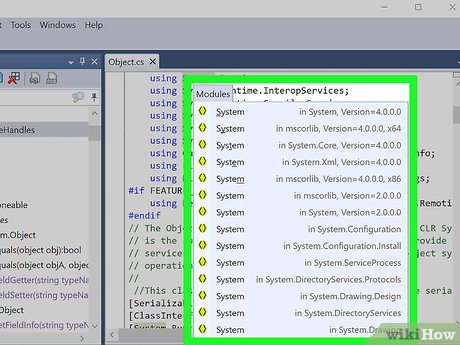3 Ways to Check Math Problems Easily

Introduction:
Math is an essential skill for everyone, but it can be challenging at times, leading to rapid errors. One of the best strategies for becoming adept at solving math problems is to check your work carefully, ensuring accuracy and building confidence. In this article, we will explore three simple ways to check your math problems easily and effectively.
1. Backward-Checking:
One of the most straightforward methods for checking your work in a math problem involves working backward from the answer you have found. This method is particularly efficient when applied to algebraic equations and word problems.
To work backward, simply start with your computed solution and employ the inverse process that you utilized in solving the problem. For example, if the original question asked you to multiply two numbers together, divide your answer by one of those numbers to see if it equates to the other factor. If the process leads you back to the original equation, it’s likely that you’ve found the correct answer.
2. Estimation:
Estimation is another helpful technique for verifying whether your solution is plausible or not. This method involves approximating what a reasonable answer would be by using rounded or simplified values in the problem.
To use estimation, round each number in your problem according to its most significant digit, then perform calculations using these simplified numbers to obtain a rough estimate of the solution. Then, compare this estimated answer with your actual result. If both are close enough, chances are you have a correct solution.
For example, let’s say you are asked to multiply 87 by 12:
– Round 87 to 90 and 12 to 10
– Multiply 90 by 10, resulting in: 900
Now compare this value (900) with the precise answer (1044); they are close enough so that you can reasonably conclude that your actual solution is likely correct.
3. Cross-Checking:
Cross-checking is yet another technique used to verify your math problem solutions. It involves comparing different solutions to the same problem acquired using alternate methods. If both methods produce the same result, it’s a clear indicator that your answer is accurate.
For example, suppose you have a system with two linear equations:
– Method 1: Solve the system using substitution
– Method 2: Solve the system using elimination
If both methods produce the same solution, it’s safe to say that you have reached a correct answer.
Conclusion:
Checking your work while solving math problems is a fundamental skill that helps ensure accuracy and deepens your understanding of the subject. Practicing these three techniques – backward-checking, estimation, and cross-checking – will make verifying your math problems much more manageable and enable you to become more confident in your mathematical abilities.

